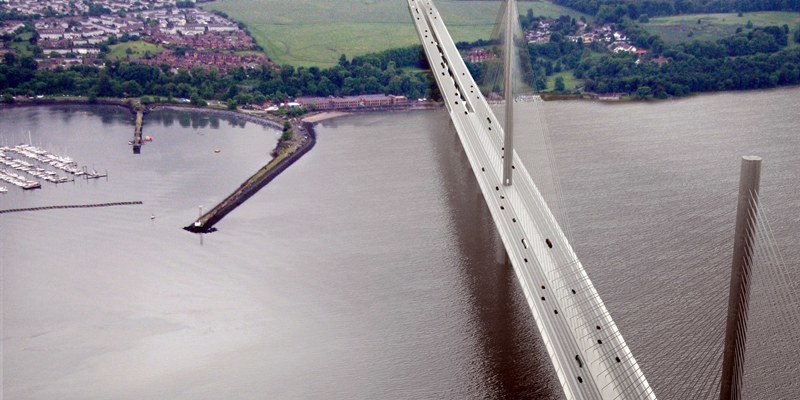The ‘time team’ which will head an archaeological dig around the site of the Forth replacement crossing has been appointed.
Transport Scotland yesterday announced that Headland Archaeology will search for items of historical interest on the land on both sides of the Forth earmarked for the new bridge.
Transport Scotland and Historic Scotland have identified several areas as having potential archaeological interest.
Initial studies will focus on land owned by Scottish ministers at St Margaret’s Hope and Echline Fields.
Investigations, to begin this month, will include a geophysical survey, trial trenches and hand excavation.
Because of constraints on access, the archaeological work is expected to take around a year to complete.
The initiative is being undertaken in advance of any work on the bridge so there will be time to recover and record any items of historical interest.
This will help ensure, subject to parliamentary approval of the Forth Crossing Bill, that construction will begin next year and the crossing can be opened by 2016, avoiding potential traffic restrictions on the Forth Road Bridge.
Headland Archaeology, which has offices in Edinburgh and Glasgow, has carried out similar works for large-scale infrastructure development, including the Clackmannanshire Bridge at Kincardine, and on a joint venture on the M74 completion.
Steven Brown, Transport Scotland’s roads team manager for the replacement crossing, said, “The areas of archaeological interest are already well mapped, but Headland Archaeology’s investigations will use all practicable measures to ensure any items of historical interest are found and preserved.”
Headland Archaeology director Russel Coleman said, “We’re delighted to be working with Transport Scotland on the advance archaeological works for the Forth replacement crossing and continuing the successful working relationship we have established over the last 10 years on successful projects like the M74, the M80 and Upper Forth Crossing.”
Transport Scotland is talking to landowners to allow works in areas which are not owned by the Scottish ministers.
